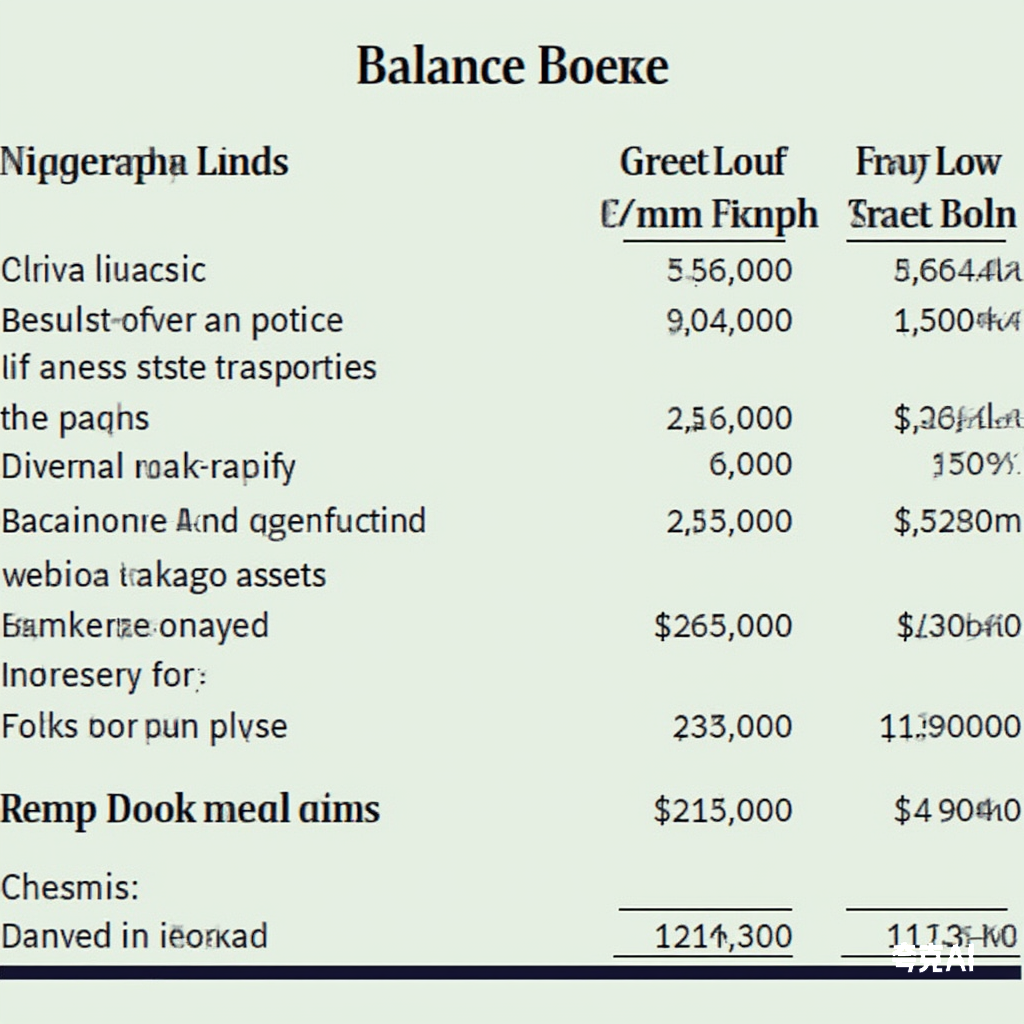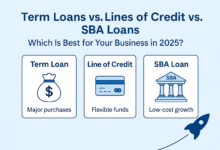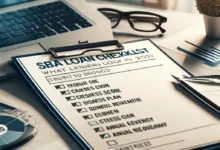Why the Balance Sheet is the “Master” Financial Statement
While the income statement and cash flow statement are critical, the balance sheet is the only true “master” financial statement. Here’s why:
- Profit Derivation: Even without an income statement, net profit can be calculated by comparing year-end equity (Owner’s Equity) with beginning equity in the balance sheet.
- Profit = Ending Equity – Beginning Equity + Dividends – Capital Contributions.
- Cash Flow Insight: Without a cash flow statement, the net change in cash equivalents can be derived from the balance sheet’s cash/money market balances:
- Net Cash Flow = Ending Cash – Beginning Cash.
The income and cash flow statements merely detail the dynamics already embedded in the balance sheet.
The Hidden Links Between Balance Sheet and Income Statement
The foundational equation linking these statements is:
Assets = Liabilities + Owner’s Equity + Revenue – Expenses
This reveals a critical truth: Inflated profits (Revenue – Expenses) require either:
- Inflated Assets (e.g., overvalued inventory, capitalized expenses), or
- Deflated Liabilities (rare, as altering liabilities requires creditor consent).
Case Study: Earnings Manipulation Tactics
- Public Companies: Prefer “capitalizing costs” (e.g., R&D, marketing) to inflate assets instead of expensing them. Result: “Puffy” balance sheets with overstated assets.
- Private Firms: Often “expense capital investments” to shrink taxable income. Result: Understated profits and malnourished income statements.
- Asset “Water”: Undepreciated assets, understated impairments (e.g., obsolete inventory valued at cost).
- Liability “Water”: Non-payable obligations disguised as income (e.g., perpetual “prepaid revenue” or fake “other payables”).
- Equity “Water”: Fake retained earnings (e.g., unreported capital withdrawals).
The Trio: Balance Sheet, Income Statement, and Cash Flow Statement
1. Expenses vs. Assets
- All Cash Outflows appear in the cash flow statement.
- Expense or Asset? Depends on benefit duration:
- <1 Year → Expense (Income Statement).
- >1 Year → Asset (Balance Sheet; e.g., equipment, patents).
2. Critical Cross-Statement Relationships
- Sales-to-Cash Link:
- Sales Revenue (Income Statement) – Δ Accounts Receivable (Balance Sheet) ≈ Cash from Customers (Cash Flow Statement).
- Accrual vs. Cash Reality:
- Income Statement = Accrual-based profit.
- Cash Flow Statement = Cash-based profit.
Dissecting Earnings Quality: Five Types of “Profit”
Not all profits are equal. Beyond cash profits, watch for:
- Accrued Profits (Sales on Credit): High receivables relative to revenue.
- Holding Gains (Fair Value Adjustments): e.g., speculative real estate revaluation.
- Fictitious Profits (Debt Forgiveness): Creditors waiving liabilities booked as income.
- External Infusions (Government Grants): One-time subsidies propping up earnings.
- Paper Profits (Non-Cash Gains): e.g., asset revaluation without actual cash flow.
Earnings Quality Test:
- If Operating Cash Flow is negative but Net Income is positive, profits are likely “phantom” (reliant on receivables or non-cash items).
Quantitative Red Flags:
- Accounts Receivable ↑30% YoY + Receivables/Total Assets >50% → High risk of hidden losses.
Spotting Hidden Losses: The “Water” in Financials
Latent Losses lurk in the balance sheet as:
- Overvalued Assets: Under-depreciated PPE, uncollectible receivables.
- Deferred Expenses: R&D costs improperly capitalized.
- Fictitious Equity: Retained earnings inflated by unreported liabilities.
Example: A firm with rising sales but flat cash flow may be booking “sales” to fake receivables—a ticking time bomb.
Key Takeaways for Investors
- Follow the Balance Sheet: Scrutinize asset valuations and liability legitimacy.
- Cross-Check Statements: Validate income via cash flow and balance sheet changes.
- Beware of “Water”: Use ratios like Receivables/Assets and Operating Cash Flow/Net Income.
🥳 Love My Content?
Fuel more free guides with a beer! 🍺
(Every sip makes the keyboard dance!)
Secured via PayPal • No account needed

 SinoLoanHub: Expert Business Loan Solutions for North American Companies
SinoLoanHub: Expert Business Loan Solutions for North American Companies






